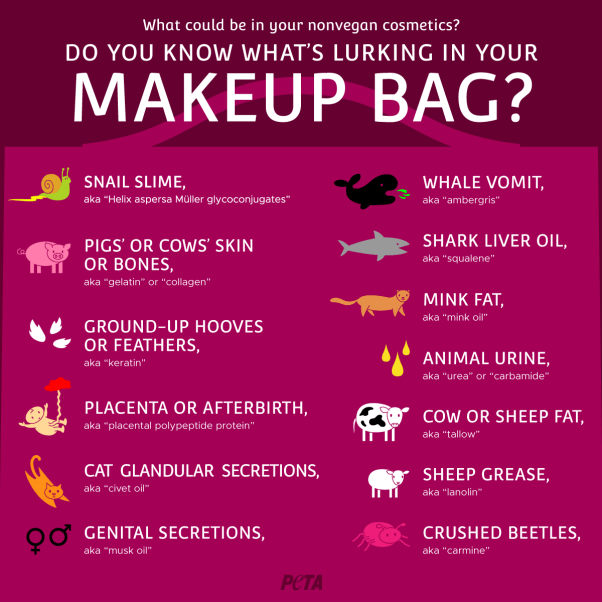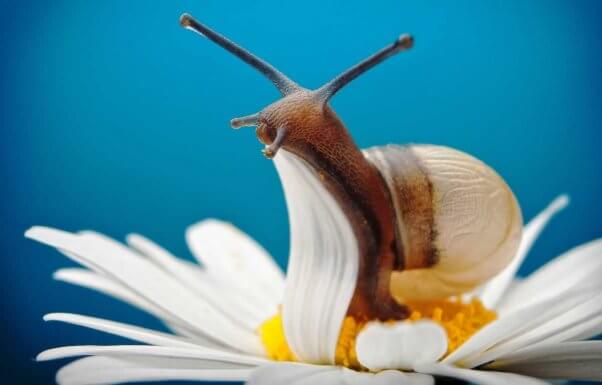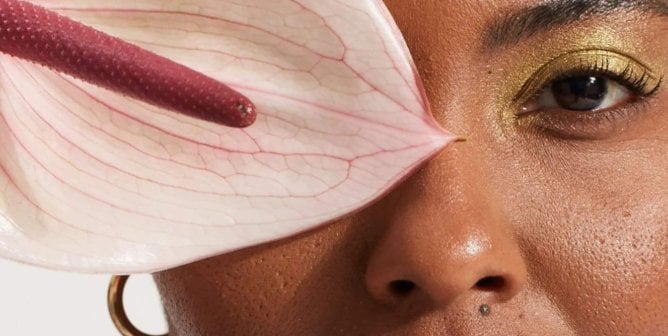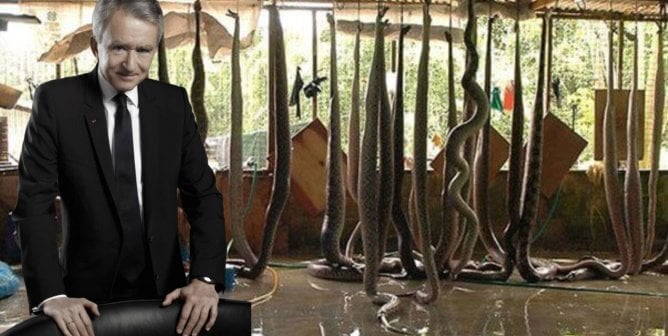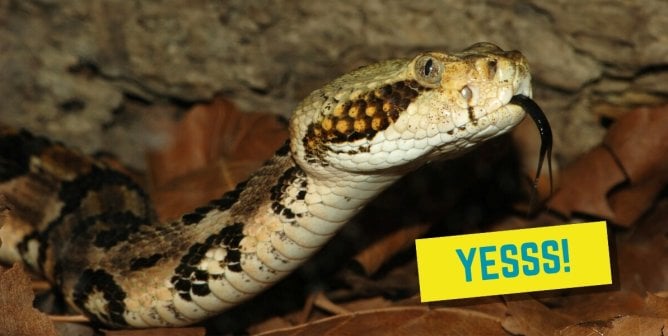Do you know what’s lurking in your makeup bag?
Between your highlighter and your lipstick there might be something sinister—or at least really disgusting. We compiled a list of the grossest cosmetics ingredients for you to avoid. Happy reading!
Snail Slime
What it’s called on the package: helix aspersa muller glycoconjugates or snail cream
What it actually is: snail mucus taken from captive snails using cruel methods
Where it may be lurking: skin creams and lotions
Pro tip: Check out this page to learn how the snails are harvested. (Spoiler alert: It’s not good.) We’ve also found some great alternatives to snail-slime products, such as these lovely masks.
Pigs’ and Cows’ Skin and Bones
What it’s called on the package: gelatin or collagen
What it actually is: Gelatin is protein obtained by boiling skin, tendons, ligaments, and/or bones in water. It can come from cows, pigs, horses, or even fish.
Where it may be lurking: shampoos, face masks, creamy cosmetics, and nail polish removers
Pro tip: There are products for your every need that don’t contain gelatin. Skip the ones that include it on their ingredient list to keep your face animal-friendly. On a budget but want to make sure you’re not using dead animals in your hair? Check out our favorite cruelty-free drugstore shampoos and conditioners.
Ground Up Hooves or Feathers
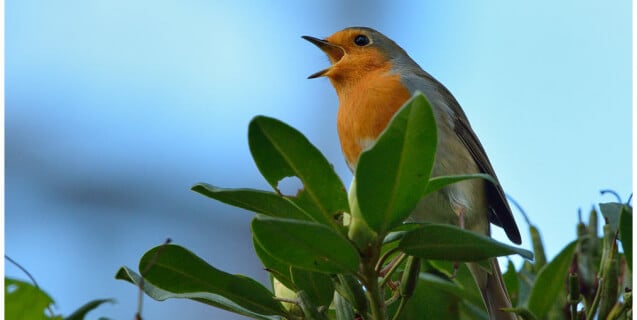
What it’s called on the package: keratin
What it actually is: Keratin is the protein from the ground-up horns, hooves, feathers, quills, and hair of various animals.
Where it may be lurking: hair rinses, shampoos, permanent wave solutions, and more
Pro tip: There are plenty of vegan options out there to keep your hair silky and smooth, such as hair products containing almond oils and soy proteins. Look for products labeled “vegan keratin.”
Placenta

What it’s called on the package: afterbirth, placental polypeptide protein, or placenta
What it actually is: Yes, it’s actually placenta, i.e., waste matter eliminated by the fetus and taken from the uterus of slaughtered animals.
Where it may lurking: skin creams, shampoos, masks, and more
Pro tip: Kelp products are wonderful alternatives to placenta-based products.
Cat Glandular Secretion
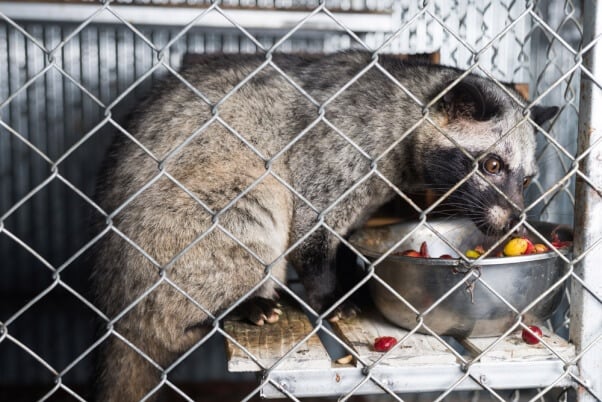
What it’s called on the package: civet
What it actually is: unctuous secretion painfully scraped from a gland very near the genital organs of civet cats
Where it may be lurking: in some perfumes
Pro tip: Check out these great cruelty-free perfumes.
*Not to be confused with:
Genital Secretion
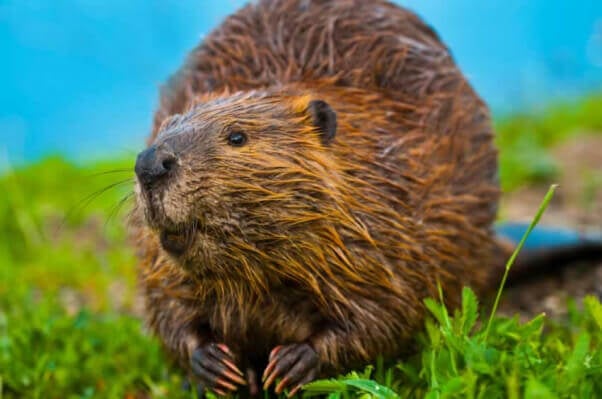
What it’s called on the package: musk oil
What it actually is: “Musk oil” may sound like a fancy name for a fragrance, but it’s just dried secretion that’s painfully obtained from musk deer, beaver, muskrat, civet cat, and otter genitals. To obtain musk oil, beavers are trapped, deer are shot, and wild cats are kept captive in cages in horrible conditions and are whipped around the genitals to produce the scent.
Where it may be lurking: perfumes and oils
Pro tip: There are plenty of cruelty-free ways to smell “musk-esque.” Try looking for products with labdanum oil (from various rockrose shrubs) to get that desired muskiness.
Whale Vomit
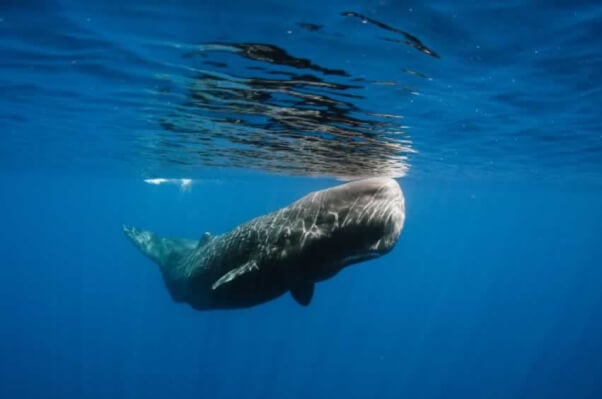
What it’s called on the package: ambergris
What it actually is: This wax-like substance from the intestines of sperm whales can be found in the animals’ poop or vomit and is used as a fixative in some perfumes and even in some food.
Where it may be lurking: perfumes
Pro tip: Don’t want to spray your wrists with whale puke? Look for synthetic or vegetable fixatives and definitely check out these cruelty-free fragrances.
Shark Liver Oil
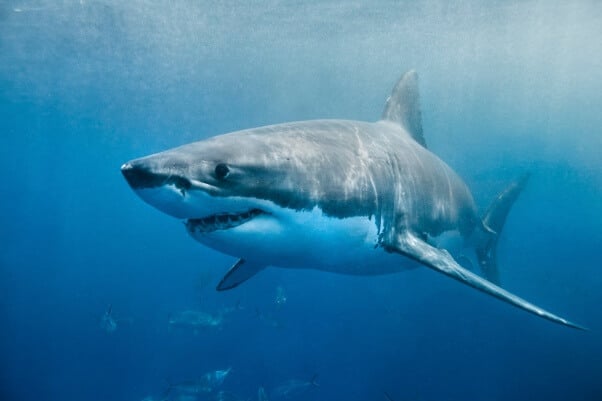
What it’s called on the package: squalene or shark liver oil
What it actually is: This is exactly what it sounds like: oil from the liver of sharks … gross.
Where it may be lurking: deodorants, suntan lotions, face creams, and more
Pro tip: Look for products containing only vegetable oils, or grab one of the lotions on this list.
Mink Fat
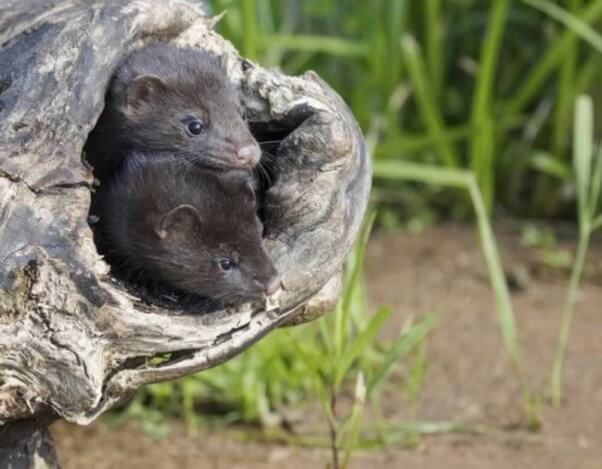
What it’s called on the package: mink oil
What it actually is: an oil that comes from the fat of minks who were slaughtered for their fur
Where it may be lurking: makeup, creams, and more
Pro tip: Leave the cruelty out of your beauty regimen by looking for products that use vegetable oils instead and emollients, such as avocado oil, almond oil, and jojoba oil.
Mayonnaise and Chicken Periods
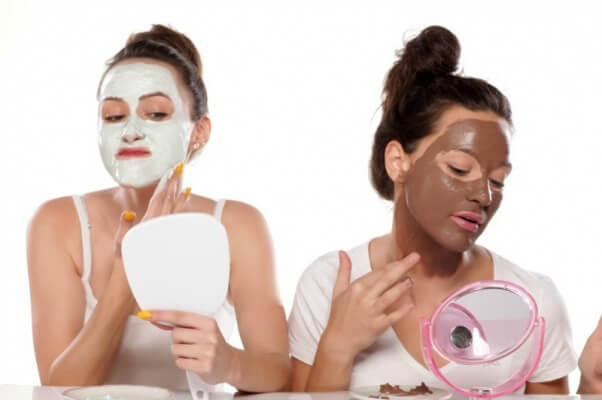
What it’s called on the package: mayonnaise or eggs
What it actually is: Mayonnaise is made with eggs, which result from chicken menstruation. Yep, pretty gross.
Where it may be lurking: face masks and hair masks
Pro tip: If you want to try a cruelty-free DIY face mask, check out our avocado mask.
Animal Urine
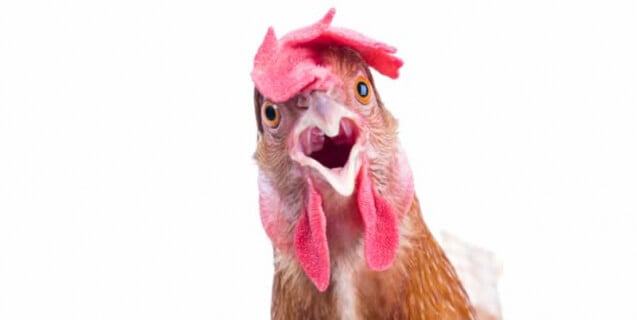
What it’s called on the package: urea or carbamide
What it actually is: a compound derived from animal pee
Where it may be lurking: deodorants, ammoniated dentifrices, mouthwashes, hair colorings, hand creams, lotions, and shampoos
Pro tip: Lucky for us, most urea is now synthetic and not from animal urine, but there’s no real way to tell unless you contact the company and ask (which you might want to do because, well, it’s pee)—or you could stick to companies that we have certified vegan and cruelty-free.
Cow or Sheep Lard
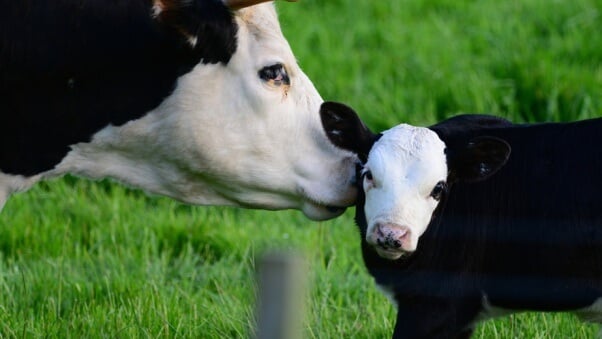
What it’s called on the package: sodium tallowate, tallowate, sodium taloate
What it actually is: rendered cattle or sheep fat, made by combining the fat with lye (sodium hydroxide)
Where it may be lurking: bar soap and other cleansers
Pro tip: Check out our list of 17 vegan bar soaps, so you never have to worry about cleaning yourself with cow lard again.
Bee Vomit
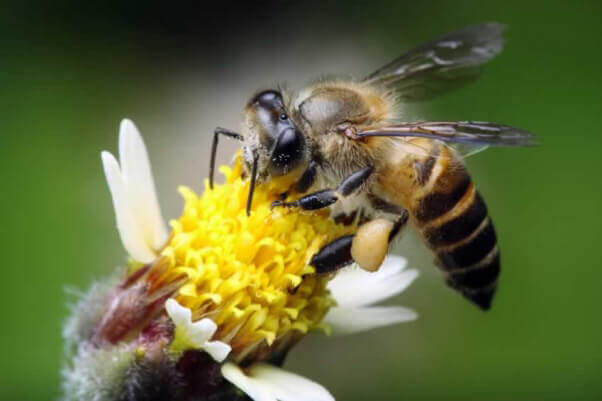
What it’s called on the package: honey
What it actually is: Worker bees collect nectar from flowers, store it in a separate stomach where it mixes with enzymes, and then eventually regurgitate the new mixture known commonly as “honey,” which is intended for them to store and eat.
Where it may be lurking: a wide variety of cosmetics, bath items, lotions, sunscreens, and more
Pro tip: Honey is used as an emollient in cosmetics, but you don’t need to slap bee vomit on your pores—look for vegetable coloring and oils in cosmetics instead of honey.
Melted Bee Vomit
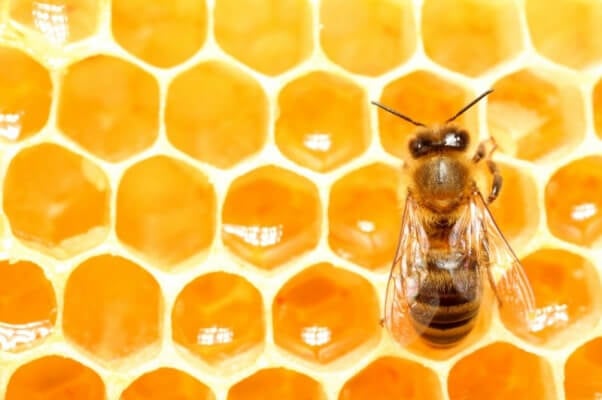
What it’s called on the package: beeswax, cera alba, cera flava
What it actually is: Beeswax is made from melting the honeycombs that bees have so carefully crafted to store their own food.
Where it may be lurking: face creams, lotions, cosmetics such as mascara, lip balms, and more
Pro tip: You don’t need to steal from our buzzing friends to stay beautiful: There are tons of vegan options, including paraffin, vegetable oils and fats, ceresin (aka “ceresine”), earth wax (made from the mineral ozokerite), carnauba wax, candelilla wax, and Japan wax (aka “vegetable wax” or “Japan tallow,” which is fat from the fruit of a tree grown in Japan and China). Synthetic beeswax is making its way onto more and more ingredient lists these days, which is a win for you and for bees.
Crushed Beetles
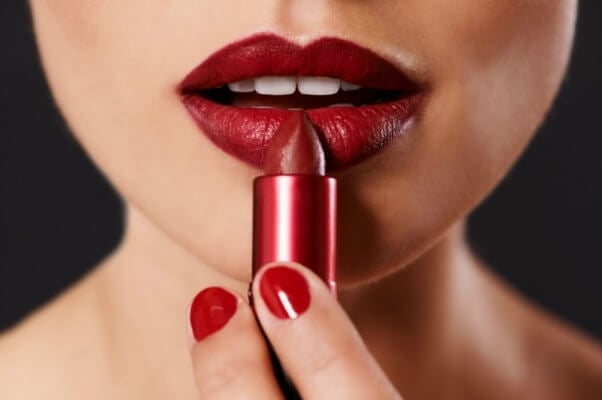
What it’s called on the package: carmine, crimson lake, carmine lake, cochineal, natural red 4, C.I. 75470, E120
What it actually is: Carmine is a red pigment made from crushing female cochineal beetles, and it reportedly takes 70,000 dead insects to make one pound of red dye.
Where it may be lurking: makeup, particularly in red lipsticks and blushes
Pro tip: Here’s a whole list of cruelty-free red lipsticks to wear for your next night out (or casual work day—you do you), none of which contain crushed beetles.
Sheep Grease
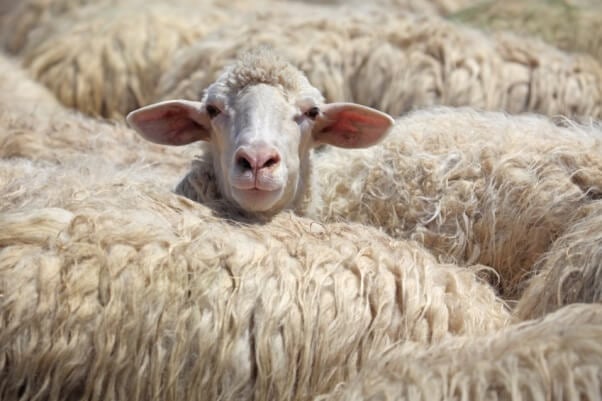
What it’s called on the package: lanolin, aliphatic alcohols, cholesterin, isopropyl lanolate, laneth, Lanogene, lanolin alcohols, lanosterol, sterols, or triterpene alcohols
What it actually is: Lanolin is the fancy name for the greasy gunk that coats sheeps’ wool to keep the animals dry and protect their skin.
Where it may be lurking: shaving creams, lotions, makeup removers, and lipsticks
Pro tip: Look for cosmetics that use plant and vegetable oils instead.
*****
Want to make sure that you never end up with any animal’s slime on your face?
Take the guesswork out of your beauty routine. Look for products in our cruelty-free database and check out these completely vegan beauty brands. Never use placenta on your face again. Really.

